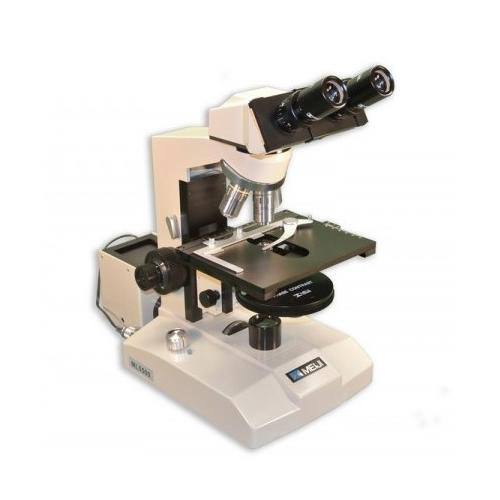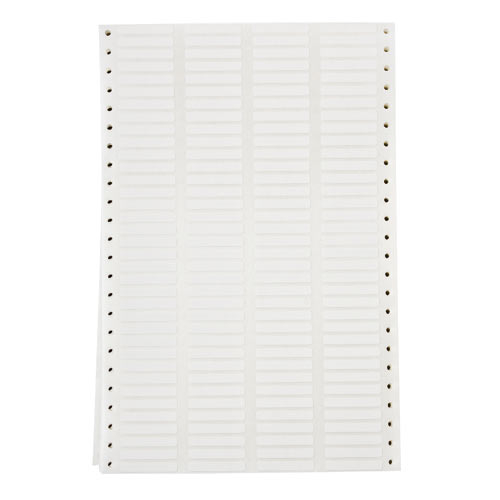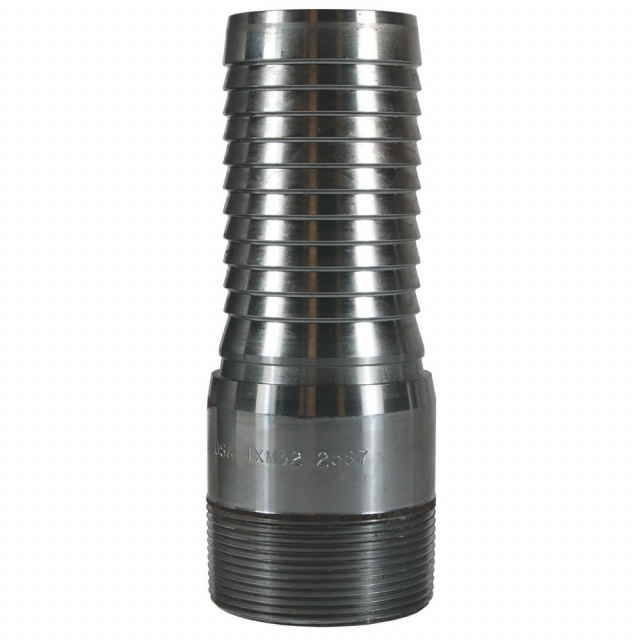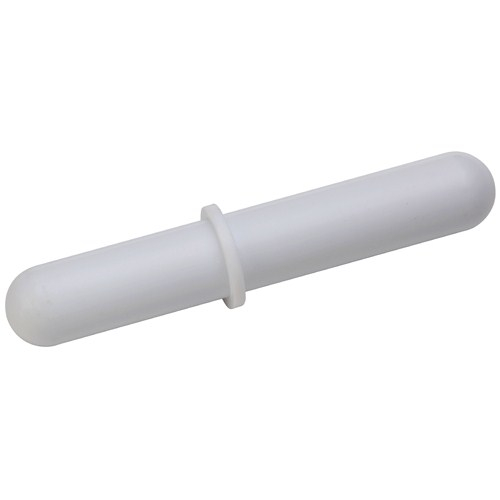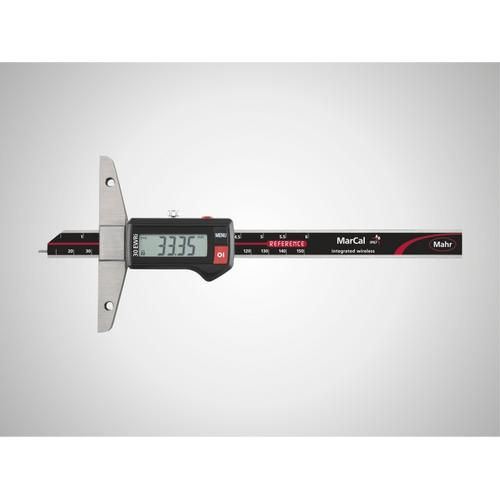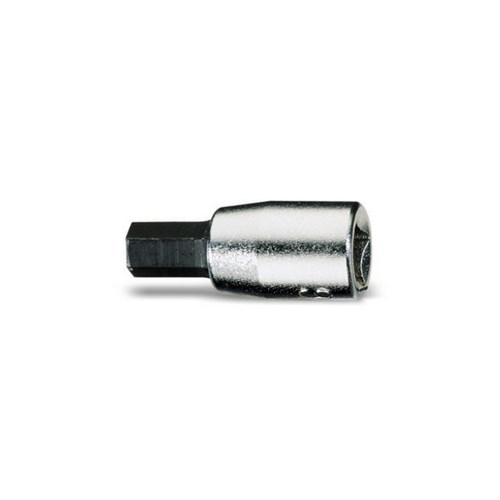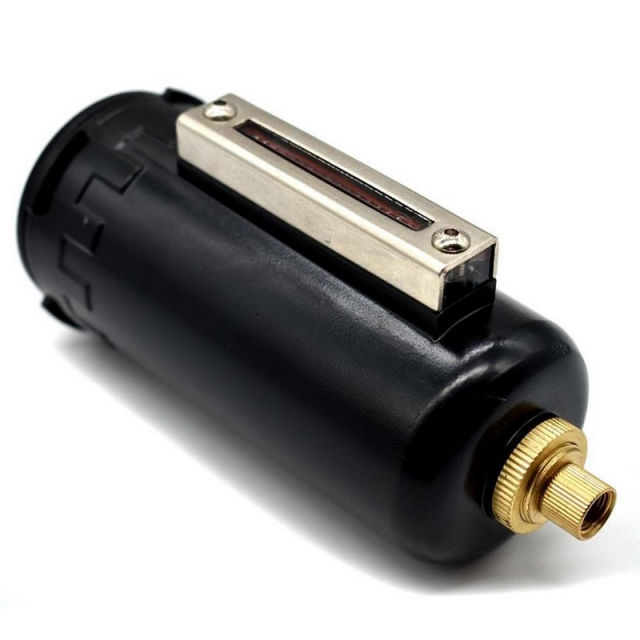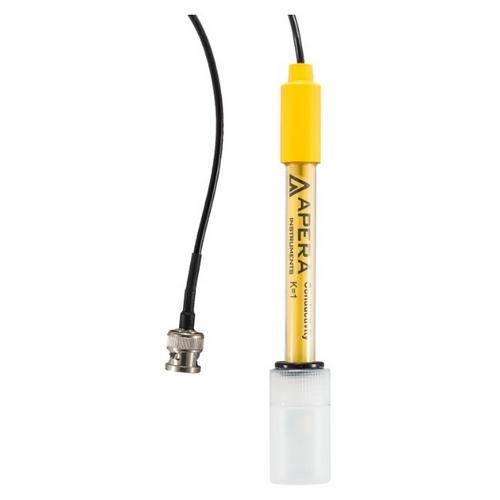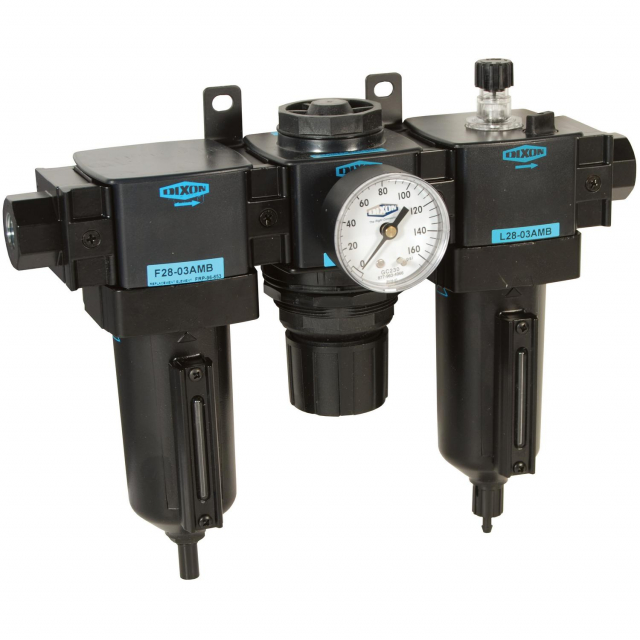Halogen Binocular Biological Microscope
Best Price:
Buy Halogen Binocular Biological Microscope for $3,544.50 at @ Megadepot.com
No coupon is required — this is the standard retail price.
Set a price drop alert to never miss an offer.
Price Comparison
| Seller | Contact Seller | List Price | On Sale | Shipping | Best Promo | Final Price | Volume Discount | Financing | Availability | Seller's Page |
|---|---|---|---|---|---|---|---|---|---|---|
|
BEST PRICE 1 Product Purchase
|
   |
$4,170.00 | $3,544.50 |
|
$3,544.50 | See Site | Visit Store |
Product Details
Meiji Techno, ML5870, Halogen Binocular Brightfield/Phase Contrast Biological MicroscopeFeatures:Transmitted light Binocular microscope with DIN standard eyepieces with 20 mm. field of view, 22 mm. eye reliefBinocular head is inclined at 30° and rotatable 360°Dual graduated diopter eyetubes with interpupillary adjustments of 52mm to 72mmReverse facing, quintuple ball bearing smooth operating, revolving nosepieceFlat-Top Mechanical stage with 171 mm. and 140 mm. rectangular stage with movement of 78mm (X) x 52mm (Y) with drop downAchromatic N.A. 1.25 condenser with iris diaphragm and filter carrierCoaxial coarse and fine focus adjustment with graduation, reading 2 microns per division with tension adjustment and safety auto focus stopBuilt-in Koehler illuminator with 12V 50W halogen lamp and variable intensity controlBrightfield. The simplest of all the optical microscopy illumination techniques. Sample illumination is transmitted (i.e., illuminated from below and observed from above) white light and contrast in the sample is caused by absorbance of some of the transmitted light in dense areas of the sample. Brightfield microscopy is the simplest of a range of techniques used for illumination of samples in light microscopes and its simplicity makes it a popular technique. The typical appearance of a brightfield microscopy image is a dark sample on a bright background.Phase Contrast. An optical microscopy technique that converts phase shifts in light passing through a transparent specimen to brightness changes in the image. Phase shifts themselves are invisible, but become visible when shown as brightness variations. When light waves travel through a medium other than vacuum, interaction with the medium causes the wave amplitude and phase to change in a manner dependent on properties of the medium. Changes in amplitude (brightness) arise from the scattering and absorption of light, which is often wavelength-dependent and may give rise to colors. Photographic equipment and the human eye are only sensitive to amplitude variations. Without special arrangements, phase changes are therefore invisible.

 Copied
Copied 